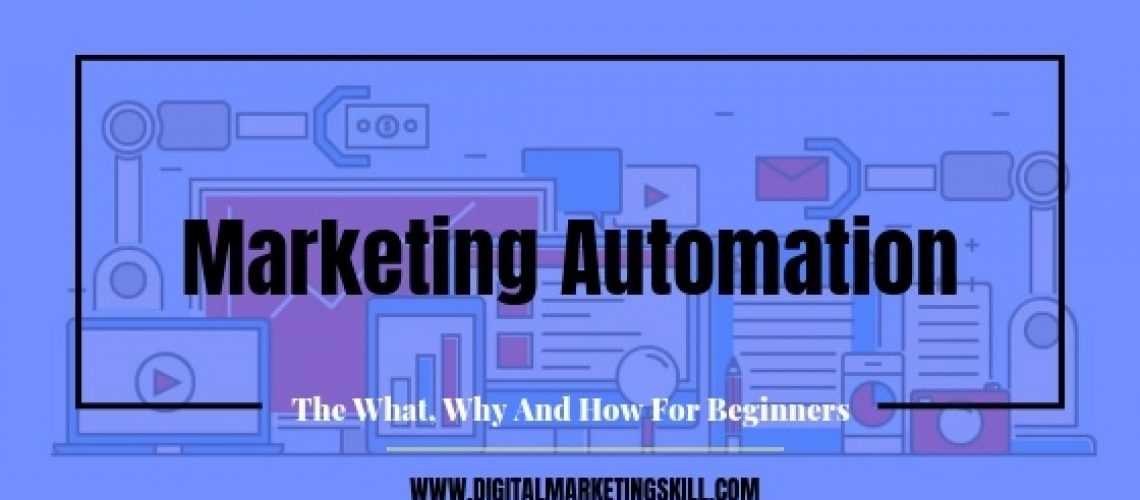Wouldn’t it be nice to just sit back one day and have your marketing done for you?
We’ve all had those days when we have back-to-back meetings from 9 until 5, yet still have a huge to do list, and we know there is just no way that we can ever get it all done.
You know the days I’m talking about, right? They’re stressful, they’re exhausting and they can really start to burn you out if you have too many of them.
Luckily, there’s a solution.
A solution that can not only do a little of the work for us but can make our marketing process more efficient, without feeling like it’s coming from some robot.
The solution? Marketing automation.
To say marketing automation is a complex subject is putting it mildly.
On the surface, it seems simple enough, but once you get just a little bit deeper into it, it’s overwhelming.
Luckily, we have created a digital marketing course that breaks down all the marketing automation operations in your email marketing, social media marketing, lead generation, customer retention, analytics and tracking and many more channels.
You can click here to learn more about the training.
With this, you can learn how to easily and seamlessly set fire to your marketing operations and go to bed, knowing fully well that the strategies we teach are proven to provide results.
By 2023, investment in marketing automation technology will nearly double from where it is at now. Adoption of automation technology is increasing at an absolutely astounding rate.
When used correctly, marketing automation can be useful in helping sales and marketing teams do their jobs more effectively so they can reach their goals.
But there are also a lot of misunderstandings about what marketing automation is and isn’t.
In this article, you’ll learn what marketing automation is (and is not), the importance and benefits of marketing automation, essential aspects of marketing automation, and how to utilise marketing automation for your business.
Are you ready? Let’s dive in.
What Is Marketing Automation?
Get 50% Discount to Master ALL Aspects of Digital Marketing That Can Earn You $2,500 - $5,000 a month (Even if you are a complete beginner!)
Our students that intentionally implement what they learn from our digital marketing course make back the entire course fee within a single month or more after completing our course because our course gives them many income generating options with unlimited earning potential with no age or location barrier. The best part is no technical skills are required.
An opportunity to change your lifestyle and make money working from anywhere in the world. The results our students get from our digital marketing course prove this could be applied to any market or country and that it is designed for any skill level and work background.
*By signing up, you agree to our privacy policy and terms of service.
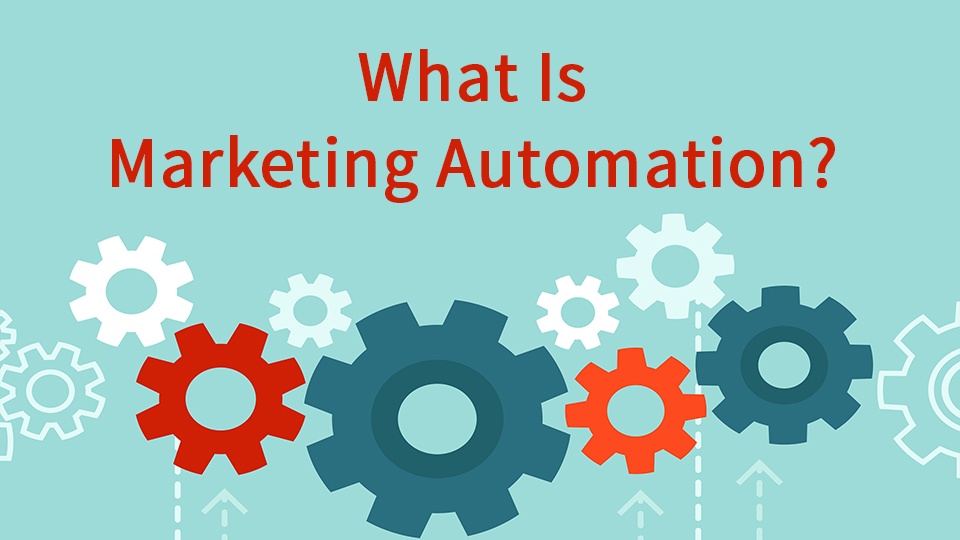
In a nutshell, marketing automation refers to any software that automates your marketing processes for you.
The software is designed to help you prioritize and execute your marketing tasks in a more streamlined and efficient way.
But what does that mean for you as a marketer?
Unlike automating manufacturing processes, implementing a marketing automation system won’t make your job irrelevant, it will just make you more effective.
It will free up some of your time, while not compromising the authenticity of the content you’re producing.
And best of all, it will help you reach your goals faster.
The ultimate goal with your marketing is to generate more revenue for your company, right.
To accomplish this, we need to drive traffic to our website, convert that traffic into leads and close those leads into customers.
Where marketing automation really makes an impact is the conversion and closure stages of this process.
Here are some workflows that marketing automation allows you to do more effectively:
- Chatbots
- Email marketing
- Landing page creation
- Cross-channel marketing campaigns
- Lead generation
- Lead segmentation
- Lead nurturing and scoring
- Cross-sell and up-sell
- Customer retention
- Measuring ROI
- Website personalization
What Marketing Automation is Not: Major Myths
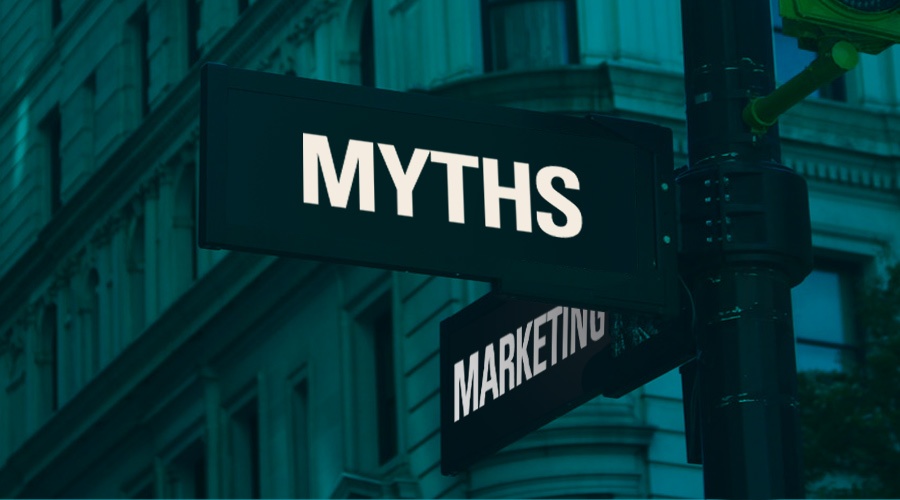
There are some marketing automation myths floating around out there that need to be put to rest.
Myth #1: Marketing Automation is Impersonal
When done correctly, marketing automation can and should feel personal.
In all fairness, it’s easy to understand how people get the wrong impression here — after all, the word “automation” is usually associated with things like computerization and robots.
Marketing automation simply makes it easier for you to get your message out there.
It’s up to you to come up with content that will appeal to people and to create the strategy for getting it out there.
Myth #2: Marketing Automation is Spam
We all know how obnoxious spam is — marketers included. Marketers also understand how ineffective it is.
While spam is an unsolicited message promoting something irrelevant to the vast majority of its recipients, the goal of marketing automation is to deliver highly relevant messages to users who clearly express an interest in it.
Unlike spam, marketing automation also frequently involves non-promotional content.
Marketing automation messages absolutely can be promotional in nature, but ultimately, the goal is to foster positive relationships by offering something of value — and that doesn’t always involve a hard sell.
Myth #3: You Can Set it and Forget It
This is another case where the word “automation” can give the wrong impression.
When you think of something being automated, it’s easy to think you can just set it up, sit back, and let it run on its own.
In reality, marketing automation is anything but a hands-off process. It needs constant attention and refinement to make sure it’s as successful as possible.”
Many people use the A/B testing functionality of marketing automation software to run ongoing tests to see which sorts of content, subject lines, design variations, and CTAs people best respond to.
Myth #4: Marketing Automation is just Email Marketing
Email is a significant part of marketing automation, but marketing automation isn’t just a new name for email marketing.
First of all, the types of messages involved in basic email marketing and marketing automation are distinctly different.
When most people think of email marketing, they’re thinking of broad email blasts that go out to an entire list of contacts, but that’s just what you’re trying to avoid doing with marketing automation.
In our digital marketing course, for instance, we teach our students the step by step process on how to effectively send segmented and personalized email marketing messages to clients at different stages of their buyer’s journey.
This has helped many of them realize huge financial gains and returns from their email marketing.
Click here to learn more about the training.
Marketing automation messages are much more fine-tuned to a user’s interests and needs.
Basic email marketing and marketing automation programs also offer different functionality and insights.
While regular email marketing platforms give some basic information about how people interact with your message, marketing automation programs offer more measurable, in-depth insights.
Why is Marketing Automation so Important?
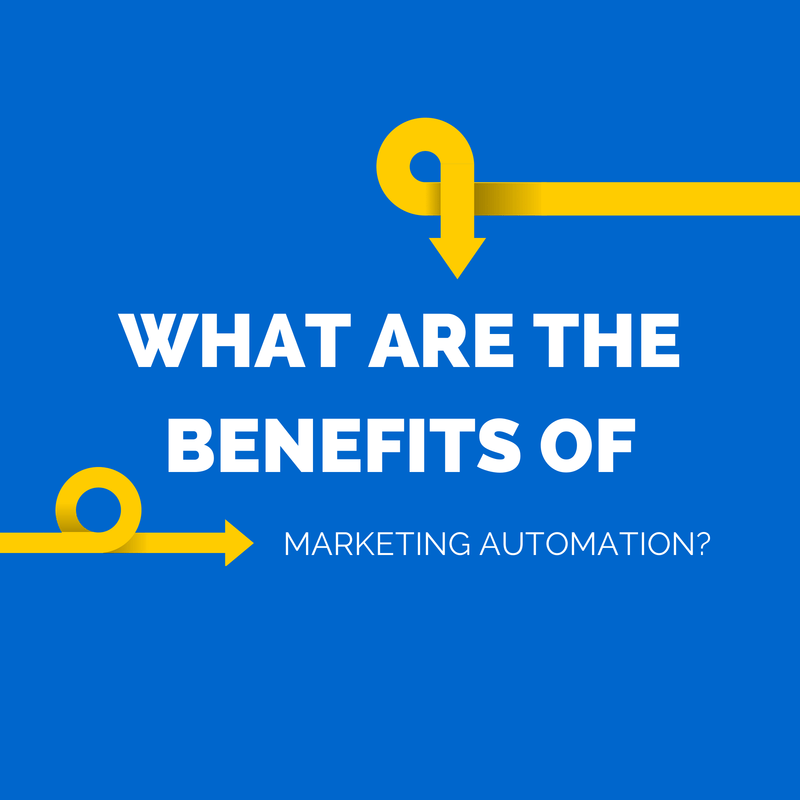
The best marketing teams use marketing automation to make their campaigns more accurate and to empower their sales team with better leads, and achieve greater ROI.
So what sets these companies apart from the others? It’s not that they’re better, smarter, or more creative.
They simply have the right tools—tools that give them greater insight into the entire sales funnel, tools that allow them to more effectively determine when leads are ready to buy.
In the current marketing environment, these abilities are becoming absolutely essential.
Marketing automation programs typically have a lead scoring feature which helps users quickly identify which leads are the most sales-ready.
By far, one of the biggest benefits of marketing automation is that it helps sales and marketing teams work more efficiently.
People love personalized content; sending out personalized emails generates six times more revenue than sending non-personalized emails.
But manually sending out customized messages to contacts simply isn’t practical.
Marketing automation platforms handle the mundane and repetitive work that goes into delivering personalized content, giving sales and marketing professionals more time to focus on things that are more interesting and challenging.
One of the most common reasons why businesses consider using marketing automation in the first place is because they want to improve their conversion rates and revenues.
Marketing automation is a way to encourage customers to stay engaged longer, making it more likely they’ll stick around long enough to convert.
On average, companies that use marketing automation have 53% higher conversion rates and an annual revenue growth rate 3.1% higher compared to companies that don’t.
In short, marketing automation allows departments to demonstrate the ROI of their campaigns.
The ability to demonstrate the effectiveness of campaigns is helping marketing departments move from cost centres to revenue generators.
When marketing teams are able to prove how their campaigns impact the bottom line, they continue to gain more budgeting for marketing programs.
With more support for their marketing campaigns, marketers are better able to try things out, get creative, and execute new campaigns that will empower lead generation.
When Do You Need Marketing Automation?
Here’s a quick test to give you an idea of what marketing automation can do for you.
Answer the following questions honestly about your own organization:
- Can you identify, track and, engage individual buyers online?
- Can you look at a list of customers and prioritize them based on fit and likelihood to buy?
- Are you filtering leads based on level of engagement and interest?
- Can you measure the revenue contribution of every single one of your marketing campaigns?
- Can you do all of these things without wanting to tear your hair out?
Yes? You have to be Superman from Krypton. Definitely not from earth.
No?
If you had marketing automation, you could.
It’s that simple.
Statistics About Marketing Automation
Here are a few statistics from the latest research that can help you appreciate automation.
- 91% of marketing automation users say that it’s “very important” to their overall online marketing efforts (Demand Gen Report, 2018).
- Spending on marketing automation tools is expected to reach $25.1 billion annually by 2023. (Martech Today, 2018)
- 79% of high-performing companies have been using marketing automation for three or more years. (Venture Harbour, 2017)
- Marketing technology spend is now higher than advertising spend for companies. (Gartner, 2016)
- 74% of marketers say that “saving time” is the biggest benefit they see from automation (Demand Gen Report).
- 67% of marketing leaders currently use a marketing automation platform. (Salesforce, 2017)
What Applications are there for Marketing Automation?
While marketing automation has several different applications, email messaging and lead generation/nurturing are among the most common.
Yes, email is still relevant as a marketing tool.
While it’s easy to say things like “Everybody’s on Facebook, Twitter, Instagram,” it’s simply not true.
However, most Internet users do have at least one email address.
Email inboxes also tend to move at a slower pace than social media feeds, giving you the best chance at making a direct connection with your contacts.
There’s a multitude of ways marketing automation can be used with email:
- Welcome messages
- Product retargeting
- Abandoned cart reminders
- Personalized product recommendations
And that’s just to name a few.
Many companies use marketing automation to solicit feedback from their contacts, regardless if they’ve converted or not.
Whether it’s by sending out surveys or asking people to send comments directly to them, the information they garner can be extremely valuable in guiding changes that will help improve their revenues in the long run.
According to Marketo, about 50% of leads in any system are not ready to buy and nearly 80% of all new leads will never become sales.
With marketing automation, the goal is to give people something of value when they need it most so that they are more likely to convert.
Effective lead nurturing generates 50% more sales-ready leads at a 33% lower cost. Nurtured leads also tend to make larger purchases than non-nurtured leads.
Marketing automation platforms are also often commonly used to manage social media campaigns, create landing pages, and conduct ongoing A/B testing.
How to use Marketing Automation
Thousands of marketers today rely on email marketing to generate results.
They send blast email after blast email to their entire list of prospects and customers, hoping the message resonates with some of them and gets them to purchase.
But does it work? Hard to tell.
Perhaps it works for you sometimes, but the reality of the situation is this:
- You’re wasting your valuable time and money marketing to someone who may not be interested in what you’re sharing
- You could be burning your list (i.e. annoying your contacts and causing them to jump ship leaving you with no opportunity to market to them in the future)
From my standpoint, that doesn’t sound like an effective marketing program. Or at least not one that I want to use.
This is why we leverage a marketing automation system.
As an example, here is what a basic automated email workflow could look like:
Step 1: You send an email invitation to download your latest ebook to a targeted list of contacts
Step 2: Then send a thank you note to all the people that downloaded the offer
Step 3: A few days later, you send a follow up email to the list of people who downloaded the ebook, offering them a case study relating to that topic
Step 4: Finally, when someone downloads that case study, your sales team will get a notification so they can follow up with them (this person is now much more qualified and is likely farther down the buying process)
Now, put yourself in your prospect’s shoes for a moment.
If this was you, receiving information from a company about their products/services, wouldn’t you prefer to get emails like the ones above over blasts you can tell they’re sending to thousands of other people?
It feels personalized. It feels tailored to you and how you are interacting with that company.
And It even makes you much more likely to trust that company. And ultimately, more likely to buy, doesn’t it?
There you go! Driving revenue for your company with an automated system.
This is the foundation of marketing automation.
To provide you, as a marketer, with the ability to target your contacts and send them content that is based on their behavior.
You’re giving them the information they need when they want it.
You’re easing their buying decision. And as a result, your conversion rates (and revenue) will increase.
Important Steps in Creating a Marketing Automation Strategy
1. Define your Goals
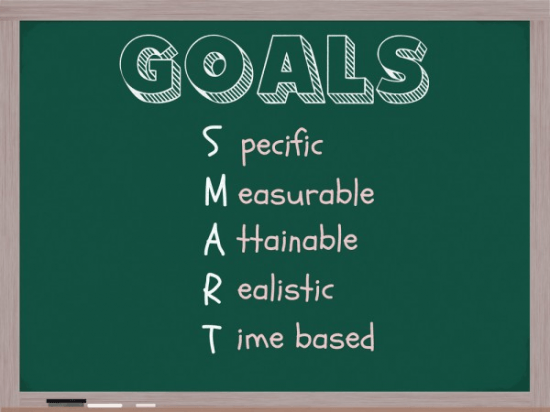
This might seem like an obvious point to make, but before you do anything else, you need to decide exactly what you want marketing automation to help you achieve so you can plan your strategy accordingly.
- Are you trying to generate more leads?
- Working to build up your business from return customers?
- Trying to boost sales during an off season?
Each of those goals is going to require a different strategy, so it’s important to understand exactly what your main objectives are.
2. Identify who to Target
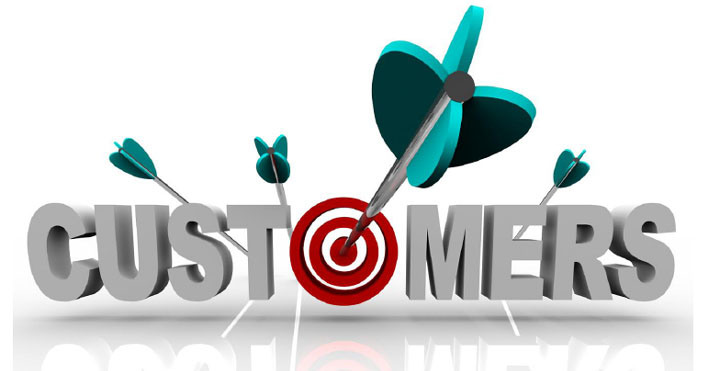
Of course, it’s important to understand the needs of your customers at all points of the conversion process.
But depending on what your main goals are, your time and energy may be best spent focusing on people who are at a specific point of the process.
For instance, if you’re not really having a problem with lead generation but you want more people to convert, your time and energy would be better spent focusing on the middle and lower parts of the conversion funnel.
3. Map User Flows

By using marketing automation, you’re trying to get people to take some kind of action.
Mapping user flow is a way to visualize the steps people need to go through to be able to take that action.
Depending on the way a person arrives at your site, some people might need more information than others before they’re willing to take that action.
You don’t want to make people go through more steps than are necessary to do something, but you don’t want to hit people with a hard sell too soon, either.
By using state diagrams to map user flows, as recommended by Peep Laja of ConversionXL, you’ll see exactly how people are arriving at a page and how many steps it takes for them to take the desired action.
4. Segment and Rate your Leads

It’s important to remember that not all leads are necessarily equal in terms of quality.
Your database of contacts is inevitably going to be a mix of people who are on the verge of buying, people who are still researching their options, and people who probably won’t convert, so it’s not possible to create broad messages that will somehow appeal to all of those types of people.
Rating your leads helps you figure out exactly who needs further nurturing and who is ready to be handed over to a sales team.
The interactions a person has had with your content and the actions they’ve taken on your site can be a reflection of how ready they are to convert.
A person who has viewed a pricing page is most likely going to be closer to buying than someone who has simply read a blog post on a site.
A person who has visited a site multiple times over the course of a few weeks is clearly more interested than someone who has only visited once or twice in the past year.
Marketing automation software lets you assign values to certain actions and interactions so that it can calculate a score for that lead.
Marketing automation also lets you segment your database of contacts to a very high degree so you can deliver messages to very specific types of people.
For example, when working with a B2B business, a marketer might want to target messages to people with certain job titles who work at businesses of a certain size.
With B2C sales, a retailer might want to segment their lists to give special offers to people who have spent a certain amount of money with the company or send product recommendations to people who live in certain locations.
Marketing automation tools & platforms
- HubSpot – All-in-one inbound marketing and sales platform with email, social, workflows, CRM, reporting, etc.
- Marketo – Comprehensive platform tailored for account-based marketing strategies across channels.
- ActiveCampaign – Affordable platform ideal for small businesses, with focus on email marketing automation.
- Mailchimp – Leading email marketing platform, with automations for campaigns, segmentation, and triggers.
- GetResponse – Email marketing platform with landing page and forms builders to convert website traffic.
- ConvertKit – Great for creators and online course businesses, with automations based on tags and sequences.
The right platform depends on your budget, features needed, and integration requirements. Evaluate free trials to choose the best fit.
The Dos and Don’ts of Marketing Automation

Now that we’ve detailed out what marketing automation is, we want to give you a few tips as you think about implementing a new platform into your process.
This will outline what you should and should not be doing with your marketing automation.
DO: Keep Your Eyes on the Goal
Because marketing automation can make our lives easier as marketers, for many of us, the first step when integrating this into our strategy is to just automate everything we already do.
While this very well might be the right way to go, take a moment to revisit your goals before you get started.
The point here is that we don’t want to let marketing automation lead us to execute strategies that we know don’t make sense for our customers or prospects.
We don’t want to slide back into our bad habits and stop listening to what our customers need or are asking us for.
DO: Integrate Marketing Automation with your Inbound Marketing Strategy
Inbound is about providing valuable content that aligns with your customers needs and interests.
This should not change if you start using marketing automation.
In fact, it should enhance the communication, as you can provide the content they need at the exact time that they need it.
DON’T: Just blast or broadcast general messages
With marketing automation, there is no need to send a general, broad message to your entire contact list that will end up getting deleted or marked as spam because it’s not relevant.
DO: Send highly-targeted and specific content to a narrowed audience
Provide the content that people are looking for. Put yourself in the customer’s shoes for a moment.
Say that you’ve engaged with a company; maybe you’ve downloaded a piece of their content and really loved what you read.
The next email you get is for a completely different topic that has nothing to do with what you just read.
Wouldn’t it be more impactful if you received an email that continued to dive further into the topic that you are interested in?
You’d be much more likely to buy from that company since they’re answering your questions, wouldn’t you?
With marketing automation, you can do exactly this.
DON’T: forget about your customers
Selling new business and closing contracts is a lot of hard work.
So many companies are focused on generating new revenue, that they forget about their current customers:
The group of people that already have an affinity for what they are selling, and most likely want to buy more.
DO: Set up customer engagement campaigns to keep your current customers happy and coming back for more
I don’t want to make it all about money here, but one thing is true: it’s much easier to sell to someone that has purchased from you before.
Keeping your customers engaged with content marketing is an essential piece of growing your company.
Nurture those relationships by sending segmented, customer-only content, that will educate and encourage them to continue to come back to your company for thought leadership and expertise.
Conclusion
While marketing automation offers a lot of benefits, it’s not going to be an ideal solution for all businesses.
For some types of businesses, basic email marketing is all they really need.
Studies have shown that marketers often feel like marketing automation software isn’t worth the investment, but many marketers also fail to use it to its full potential.
Or businesses try using it before they have a large enough database of contacts to truly make it worthwhile.
Before using marketing automation, the key things to consider are whether or not you have the time and resources to dedicate to training on the software so they can use it to its full potential.
If you need a professional digital marketing class that would teach you how to effectively leverage marketing automation channels like email marketing, social media marketing, and website development, then you need to take this rare opportunity to attend our upcoming digital marketing training.

